
Written by digiDirect
Portraiture is one of the most intimate forms of photography and as such requires its own special toolkit. Not only do portrait photographers need a very specifically trained eye and a unique set of skills, they also need some fairly uncommon equipment. Key to this is the right lens. While many photographers find success shooting portraits with a wide variety of lenses, its very common for photographers to shoot with a dedicated portrait lens. There are a few features that set these lenses apart ' namely faster aperture and preference for certain focal lengths.
In general, portrait lens will sport apertures of f/1.8 or faster. This creates a shallow depth of field, allowing the photographer to place greater emphasis on the subject while leaving the background artfully blurred out. For this reason, the majority of dedicated portrait lens are prime lenses ' that is they have a fixed focal length and lack the ability to zoom. This is because the simpler construction of prime lenses allows for faster apertures than zoom lenses. As such, the photographer can only adjust frame composition by moving the camera ' often referred to as 'zooming with your feet'. These fast aperture also make them excellent choices for shooting in low light, opening the door to more and varied lighting options for your subject.
Portrait lenses excel at shallow depth of field and low light shooting
Additionally, the ideal focal length of a portrait lens will typically fall between between 50mm and 150mm, with 85mm generally being considered the sweet spot. These focal lengths allow photographers to shoot from a comfortable distance while still providing an accurate representation of the subject. Additionally, they tend to compress facial features in a flattering way, as opposed to wide-angle lenses which can exaggerate the distance between features and create a distorted, 'funhouse' effect.
The 'ideal' focal length will not only depend on your specific artistic vision but also the sensor size of your camera. Cameras with sensors smaller than full frame (like APS-C and Micro 4/3rs) can get away with lenses around 50mm as their crop factor makes them equivalent to about 85mm, while camera bodies with full frame sensors generally require at least 85mm.
A common entry point for portrait photographers looking for a speciality lens, 50mm are suitable for use on a wide range of camera bodies. While slightly wider than ideal (but still usable) on full frame cameras, they are ideal on APS-C cameras where the 1.5x crop factor makes it the equivalent of a 75mm lens.
Their popularity is further fuelled by their affordability. Most lens manufacturers offer an inexpensive 50mm f/1.8 lens, ensuring that whatever your budget and whatever body you've chosen, there's an affordable option for you. For those looking for a bit more quality and a shallower depth of field, f/1.4 options are nearly as common, generally with only a moderate cost increase.
Special note should be made of Sigma's 50mm f/1.4 lenses. These are consistent bestsellers and favourites of both amateur and professional photographers. They are available to suit Canon, Nikon and Sony bodies.

Owners of full frame cameras are naturally going to prefer an 85mm lens over a 50mm lens, as the latter is a bit too wide for portraits. While costing a bit more than a 50mm lens, these units are still very affordable considering their utility. Both 85mm f/1.8 and f/1.4 lenses are available for most systems, with the latter being priced higher as these are some of the best quality full frame portrait lenses on the market.
Again, the Sigma lenses in this category are well worth your consideration. The 85mm f/1.4 is a class-leader, delivering exceptional image quality at a price point well below that of first-party equivalents. They are available for Canon, Nikon and Sony bodies.

While not a prime ' and as such not having as fast an aperture ' this category of lens can still capture some exceptional portrait photographs while delivering additional flexibility. Primarily telephoto lenses, these units can double as portrait lenses when used at under 150mm or so, delivering good quality shots without needing to purchase a second lens. Keep in mind that these lenses will be much bulkier and size and won't be able to deliver the shallow depth of field a dedicated portrait lens can. These lenses are not inexpensive, but the quality and utility delivered is unparalleled. A great option for someone who will utilise the telephoto applications for other purposes as well.

Similar to the 70-200mm lenses, 24-70mm f/2.8 are not strictly designed as portrait lenses, but their reputation as a highly versatile 'walk around lens' means that most dedicated full frame shooters are going to end up with one at some point. When used at their longest end, photographers can capture good quality portraits, although won't quite get the same effect as a dedicated portrait lens due to their slower aperture. While f/4 versions exist, their apertures are simply too slow to really achieve the kind of results a portrait photographer needs.
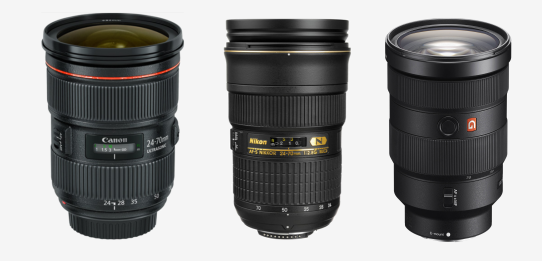
This inexpensive lens delivers exceptional quality in a super-compact 116 gram package. Built for Olympus and Panasonic Micro 4/3rds bodies, it's our first choice for Micro 4/3rds portrait photographers, functioning as a 90mm equivalent due to the 2x crop factor. The quality-to-price proposition in this lens simply cannot be beaten.
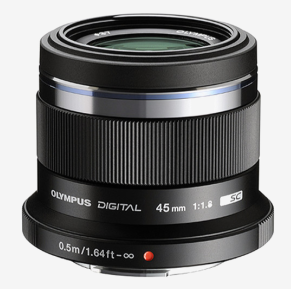
For Micro 4/3rds shooters looking for a superior picture quality, the Olympus 75mm f/1.8 is your absolute best choice. One of Olympus' sharpest lenses ever, it boasts a longer focal length and therefore will have a shallower depth of field than the 45mm. Keep in mind that with the 2x crop factor on the Micro 4/3rds body, this is the equivalent of a 150mm, which can be on the long end for portraiture, so expect to stand well back from your subject. Similar to the Olympus 45mm f/1.8, this lens can also be used freely on Panasonic Micro 4/3rds bodies.
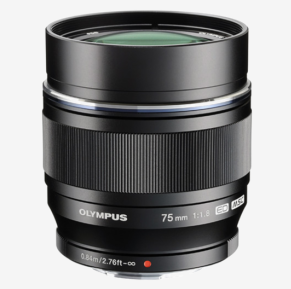
If you're looking for the shallowest depth of field and the best low light performance in a portrait lens for the Fujifilm X-system, this is your best choice. Two versions ' standard and APD ' are available. The standard version functions as a normal, fast aperture portrait lens while the APD version is equipped with an apodization (APD) filter that enhances the look of the bokeh (shallow depth of field area). This does have the side effect of darkening the lens and affecting its low light ability, but it's a valuable addition to a specialist portrait photographer's kit.
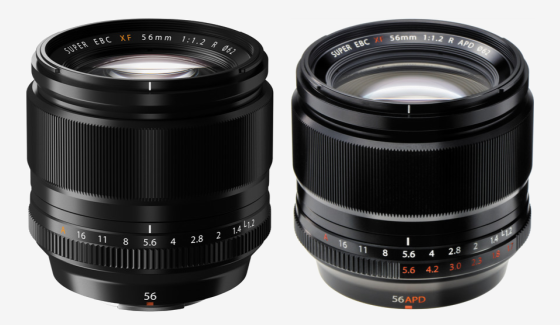
There are certainly a lot of factors to consider when purchasing a portrait lens. If you're still unsure, don't hesitate to contact digiDirect, where our staff can provide expert advice!









































































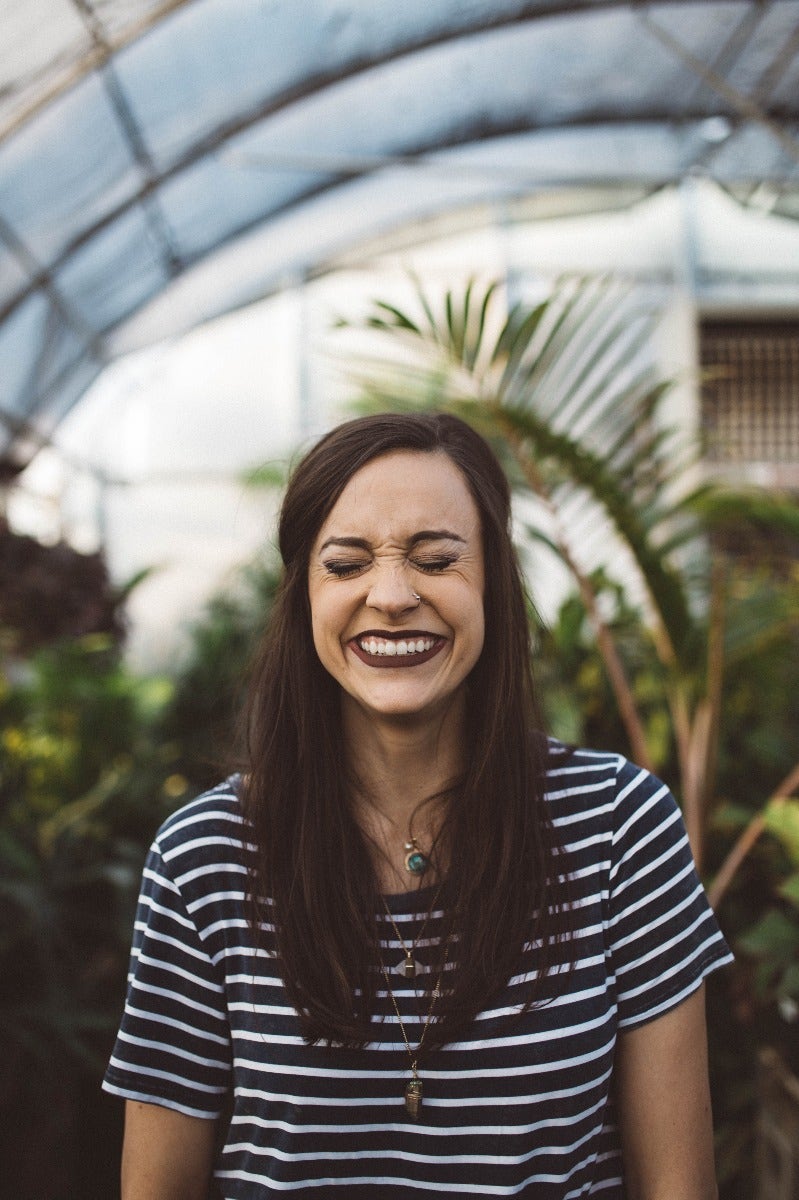
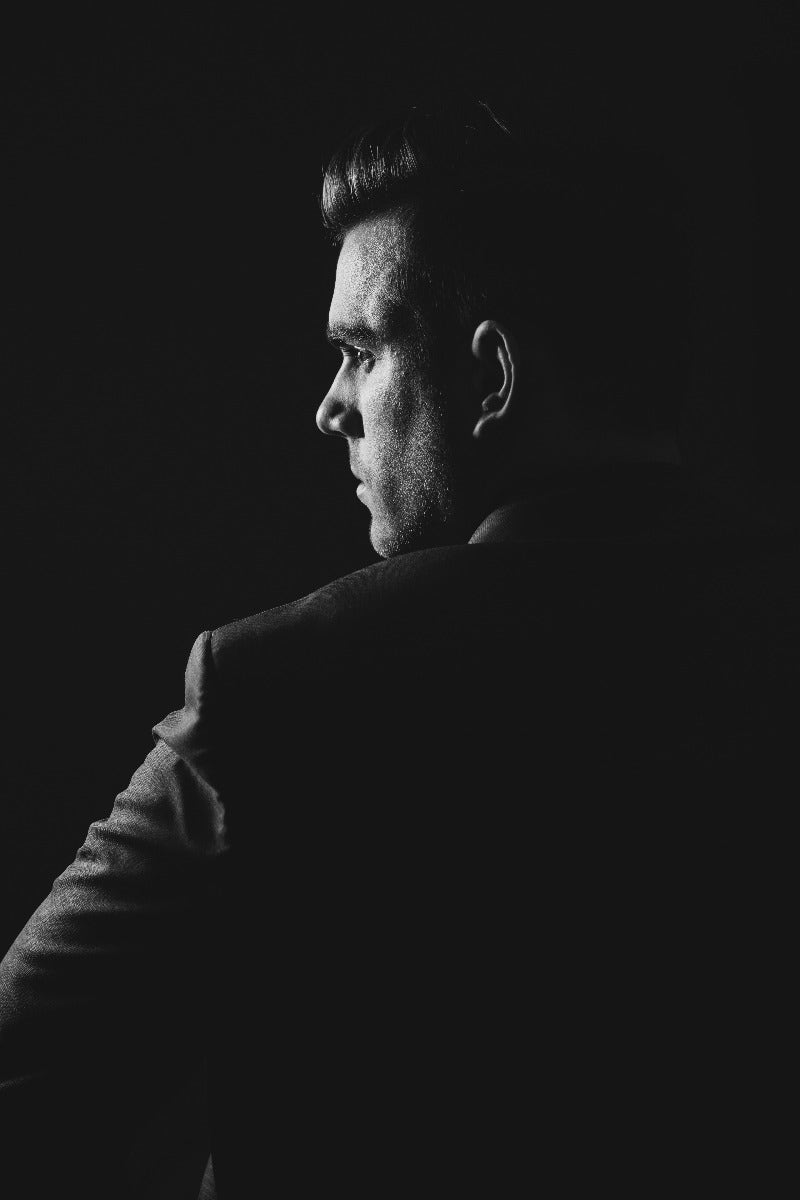













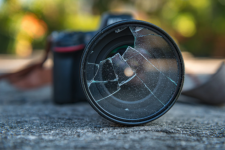


Comments
No Comments yet. Be the first to comment.